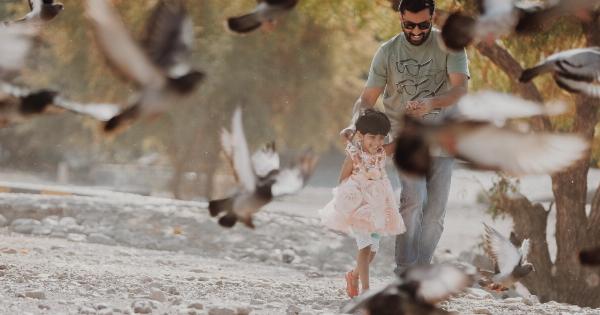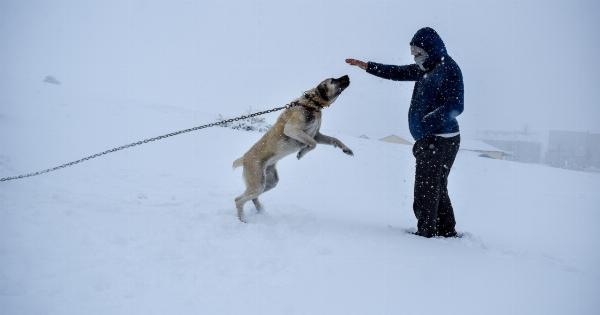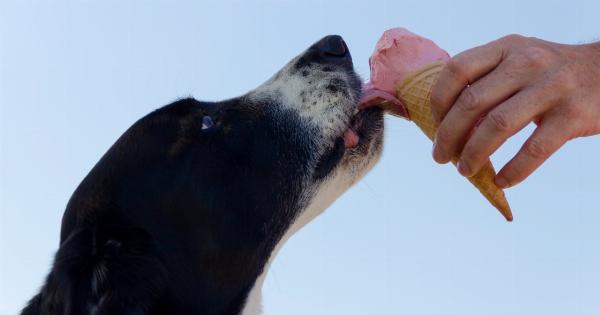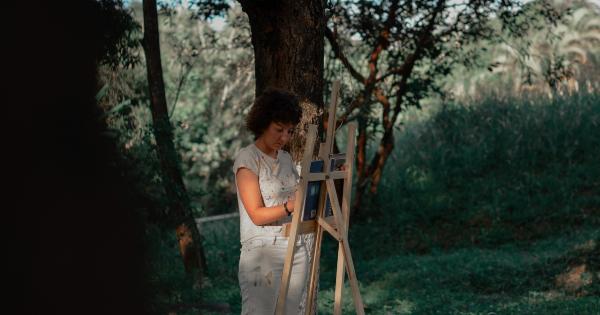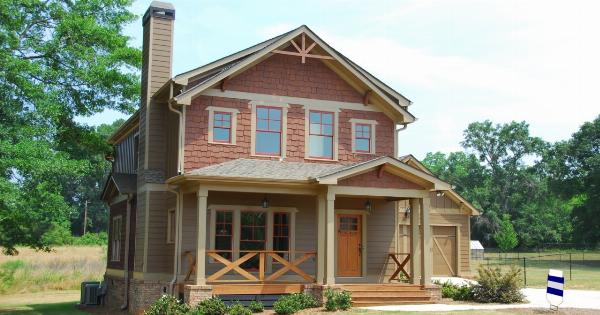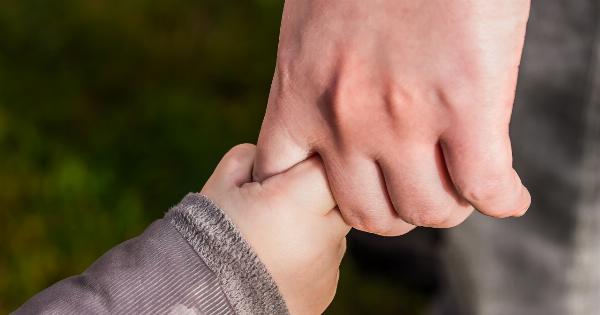In every relationship, whether it’s a romantic partnership, a friendship, or a familial bond, there is a natural progression that occurs over time.
This progression is marked by various stages of growth and development, as individuals learn to navigate their connection with one another. Understanding the natural progression of relationships can help individuals better nurture and sustain their connections. Here, we will explore the typical stages that relationships go through.
1. Initial Attraction
The first stage in the natural progression of a relationship is the initial attraction. This is when two individuals are drawn to each other, whether it be due to shared interests, physical attraction, or a sense of chemistry.
During this stage, individuals may feel a sense of excitement and curiosity about getting to know the other person more deeply.
2. Formation of Emotional Bond
As the relationship progresses, the next stage involves the formation of an emotional bond. This is when individuals begin to connect on a deeper level, sharing personal thoughts, feelings, and experiences.
Trust and vulnerability play a significant role in this stage, as individuals open up to one another and start building a foundation of emotional intimacy.
3. Building Trust and Intimacy
Trust and intimacy continue to deepen as the relationship moves forward. This stage involves building a sense of security and closeness with one another.
Individuals may start sharing more personal aspects of their lives, relying on each other for support, and developing a deeper sense of commitment.
4. Relationship Establishment
Once trust and intimacy have been established, the relationship moves into the next stage of establishment. This is when individuals solidify their commitment to each other and make their partnership official.
Whether it’s through a mutual agreement, a public announcement, or an official ceremony, this stage marks a significant milestone in the relationship.
5. Relationship Challenges
After the establishment of a relationship, it is natural for challenges to arise. This stage involves facing and overcoming obstacles together.
Whether it be disagreements, conflicts, or external stressors, how individuals navigate these challenges can significantly impact the strength and longevity of the relationship.
6. Growth and Adaptation
Successful relationships require growth and adaptation. This stage involves individuals learning to grow both individually and together.
They support each other’s personal growth and make necessary adjustments to accommodate each other’s evolving needs and aspirations.
7. Deepening Commitment
As the relationship continues to evolve, the commitment between individuals deepens. This stage may involve making long-term plans together, such as moving in, getting engaged, or starting a family.
The emotional and practical aspects of commitment become more significant, solidifying the partnership even further.
8. Lifelong Companionship
The ultimate goal for many relationships is to reach a stage of lifelong companionship. This stage involves a deep sense of love, respect, and understanding for one another.
Individuals in this stage have weathered many storms together and have a strong connection that withstands the test of time.
9. Ongoing Maintenance
Even in the lifelong companionship stage, relationships require ongoing maintenance. This stage involves regularly nurturing the connection, prioritizing quality time together, and investing in the emotional and physical well-being of each other.
It requires ongoing effort and commitment to ensure the relationship remains fulfilling and continues to thrive.
10. Reflection and Renewal
Lastly, the natural progression of relationships involves periods of reflection and renewal.
This stage allows individuals to reflect on their journey together, celebrate milestones, and make conscious choices to continue nurturing and growing the relationship. It is an opportunity for renewal and rediscovery, reminding partners of the value they bring to each other’s lives.










